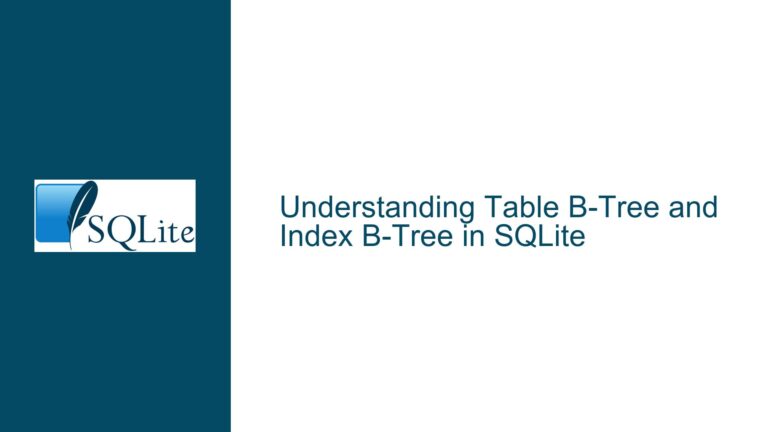SQLite Bare Columns and HAVING Clause Behavior
Issue Overview: Bare Columns in Aggregate Queries and HAVING Clause In SQLite, when performing aggregate queries, it is possible to include columns in the SELECT statement that are neither arguments to an aggregate function nor part of the GROUP BY clause. These columns are referred to as "bare columns." The behavior of bare columns can…









